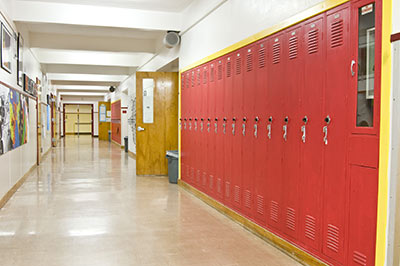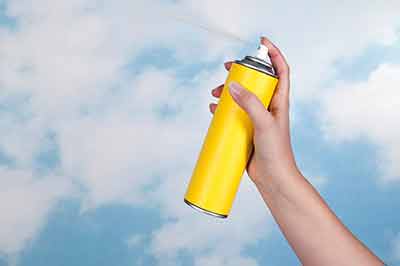Regional Asthma Management & Prevention (RAMP) & California School-Based Health Alliance, 2015.
Asthma is a chronic inflammatory disease of the airways characterized by recurrent episodes of wheezing, shortness of breath, and coughing. Asthma symptoms are triggered by a variety of environmental factors: allergens like pollens and cockroaches or irritants like tobacco smoke and air pollution. These environmental asthma triggers cause inflammation, obstruction, and constriction of the lungs’ airways making it difficult—and sometimes impossible—to breathe. Reducing or eliminating exposure to these triggers can improve a patient’s ability to manage their asthma symptoms.
Although there is a broad array of evidence-based interventions to address asthma triggers, many people with asthma continue to be exposed to the factors that make their asthma worse. School-based health centers (SBHCs) are uniquely positioned to address this gap in order to help children breathe easier. While many SBHCs across the country are already playing a key role in helping students manage their asthma by providing quality clinical care and education, there is an opportunity for SBHCs to also be leaders in managing the environmental factors that make asthma worse. This guide describes the types of interventions that SBHC staff can initiate or support to reduce exposure to environmental asthma triggers.










